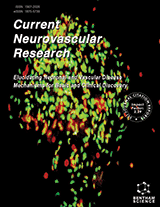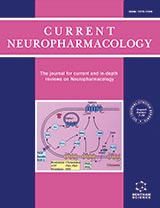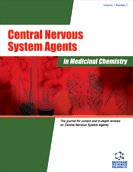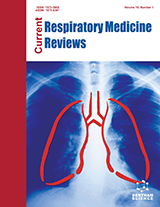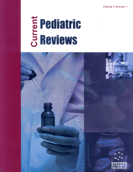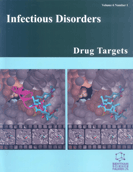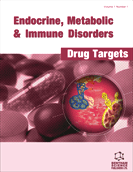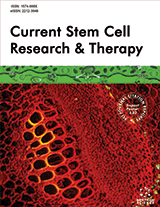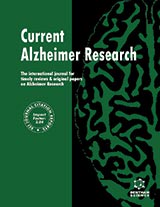Abstract
Aims: We evaluated endogenous melatonin levels in the acute phase of cerebral infarction and explored the impact of possible changes in melatonin levels on the prognosis of patients.
Methods: This study recruited acute ischemic stroke (AIS) patients from the Department of the Second Affiliated Hospital of Soochow University between December 2019 and June 2021, along with healthy control subjects. Salivary melatonin samples were collected from each participant between 7 pm and 10 pm, and fasting plasma was collected the following morning to measure the levels of inflammatory markers. The prognosis was assessed through follow-up three months after discharge. The relationship between melatonin levels and plasma inflammatory markers was assessed, followed by an analysis of the effect of melatonin levels on patient prognosis.
Results: The study enrolled a total of 160 participants, including 120 AIS patients aged 50 years or older (61.7% male) and 40 age-matched controls (55.0% male). The AIS group exhibited lower salivary melatonin levels at 19 (P = 0.002), 20 (P < 0.001), 21 (P < 0.001), and 22 (P < 0.001) o’clock, and the average melatonin level was also lower (P < 0.001). Logistic regression analysis models indicated an association between low melatonin levels and poor prognosis. Salivary melatonin levels demonstrated good predictive ability for the prognosis of AIS patients.
Conclusion: Melatonin levels were lower in AIS patients compared to controls. In addition, lower melatonin levels were associated with a poorer prognosis among AIS patients.
[http://dx.doi.org/10.1016/s1474-4422(18)30499-x]
[http://dx.doi.org/10.1111/j.1747-4949.2009.00387.x]
[http://dx.doi.org/10.18632/aging.205415] [PMID: 38198162]
[http://dx.doi.org/10.1212/WNL.0000000000201699] [PMID: 36522158]
[http://dx.doi.org/10.4103/1673-5374.385284] [PMID: 37862200]
[http://dx.doi.org/10.1258/000456306778520142] [PMID: 17022876]
[http://dx.doi.org/10.1002/9780470720981.ch16] [PMID: 3836818]
[http://dx.doi.org/10.1111/j.1365-2826.2009.01881.x] [PMID: 19453822]
[http://dx.doi.org/10.1016/j.freeradbiomed.2012.01.030] [PMID: 22330064]
[http://dx.doi.org/10.1161/STR.0b013e318296aeca] [PMID: 23652265]
[http://dx.doi.org/10.1016/j.jphys.2013.12.012] [PMID: 24856948]
[http://dx.doi.org/10.1016/S0197-2456(97)00012-3] [PMID: 9257073]
[http://dx.doi.org/10.1016/0140-6736(91)93206-O] [PMID: 1675378]
[http://dx.doi.org/10.2340/16501977-1930] [PMID: 25590458]
[http://dx.doi.org/10.1136/jnnp.23.1.56] [PMID: 14399272]
[http://dx.doi.org/10.1111/j.2044-8341.1959.tb00467.x] [PMID: 13638508]
[http://dx.doi.org/10.1016/0165-1781(89)90047-4] [PMID: 2748771]
[http://dx.doi.org/10.5664/jcsm.27083] [PMID: 18350967]
[http://dx.doi.org/10.3390/ijerph17061916] [PMID: 32183489]
[http://dx.doi.org/10.1016/S1474-4422(06)70495-1] [PMID: 16781990]
[http://dx.doi.org/10.1111/j.1600-079X.2009.00670.x] [PMID: 19317798]
[http://dx.doi.org/10.1016/j.neulet.2013.02.073] [PMID: 23562888]
[http://dx.doi.org/10.1007/s00234-006-0183-z] [PMID: 17177065]
[http://dx.doi.org/10.1155/2015/384750] [PMID: 26435711]
[http://dx.doi.org/10.1177/1708538119847898] [PMID: 31027469]
[http://dx.doi.org/10.3390/brainsci9120346] [PMID: 31795260]
[http://dx.doi.org/10.1111/j.1600-079X.2012.01005.x] [PMID: 22639951]
[http://dx.doi.org/10.1034/j.1600-0633.2002.290404.x] [PMID: 11068944]
[http://dx.doi.org/10.3390/biom10091211] [PMID: 32825327]


